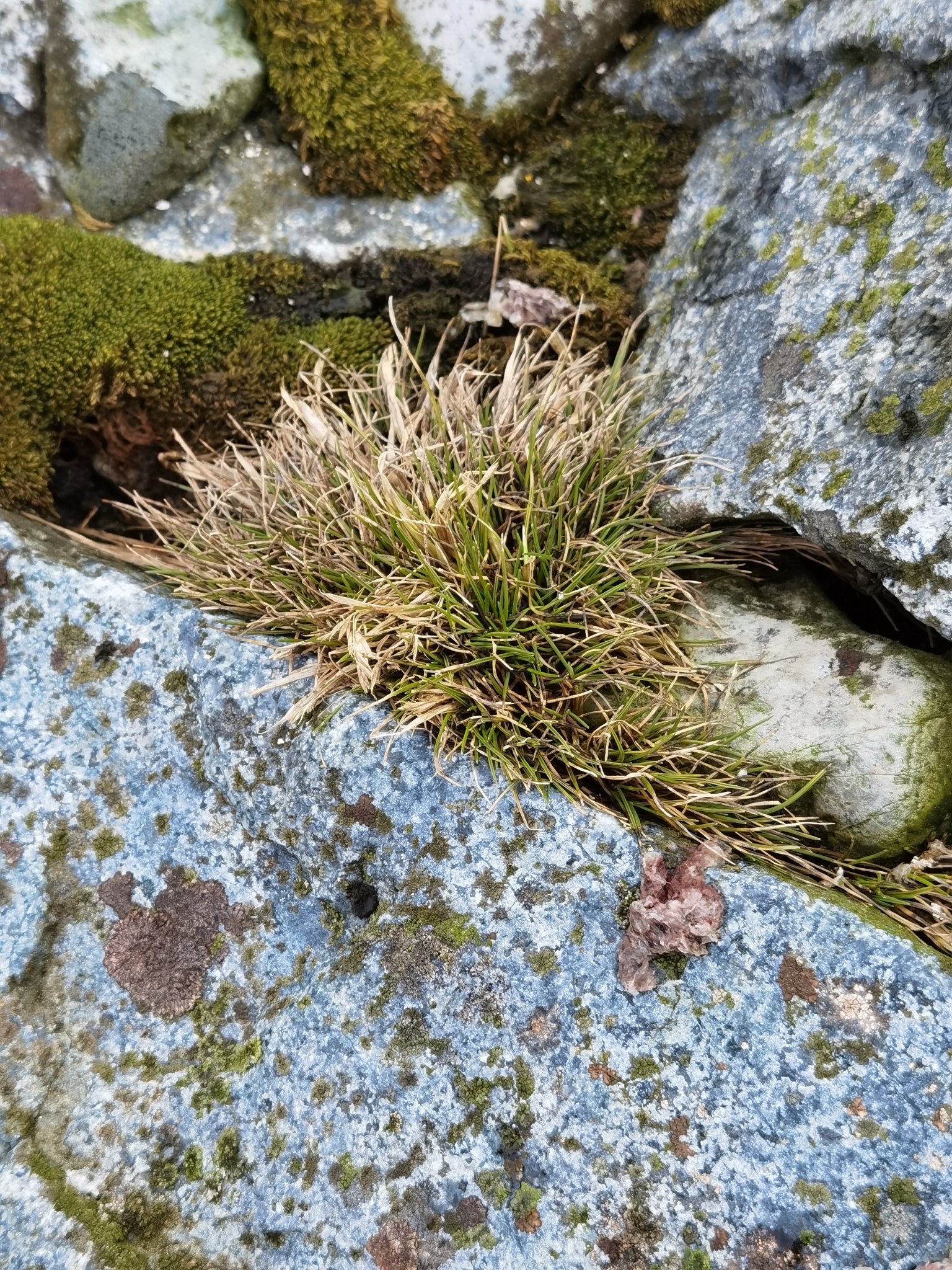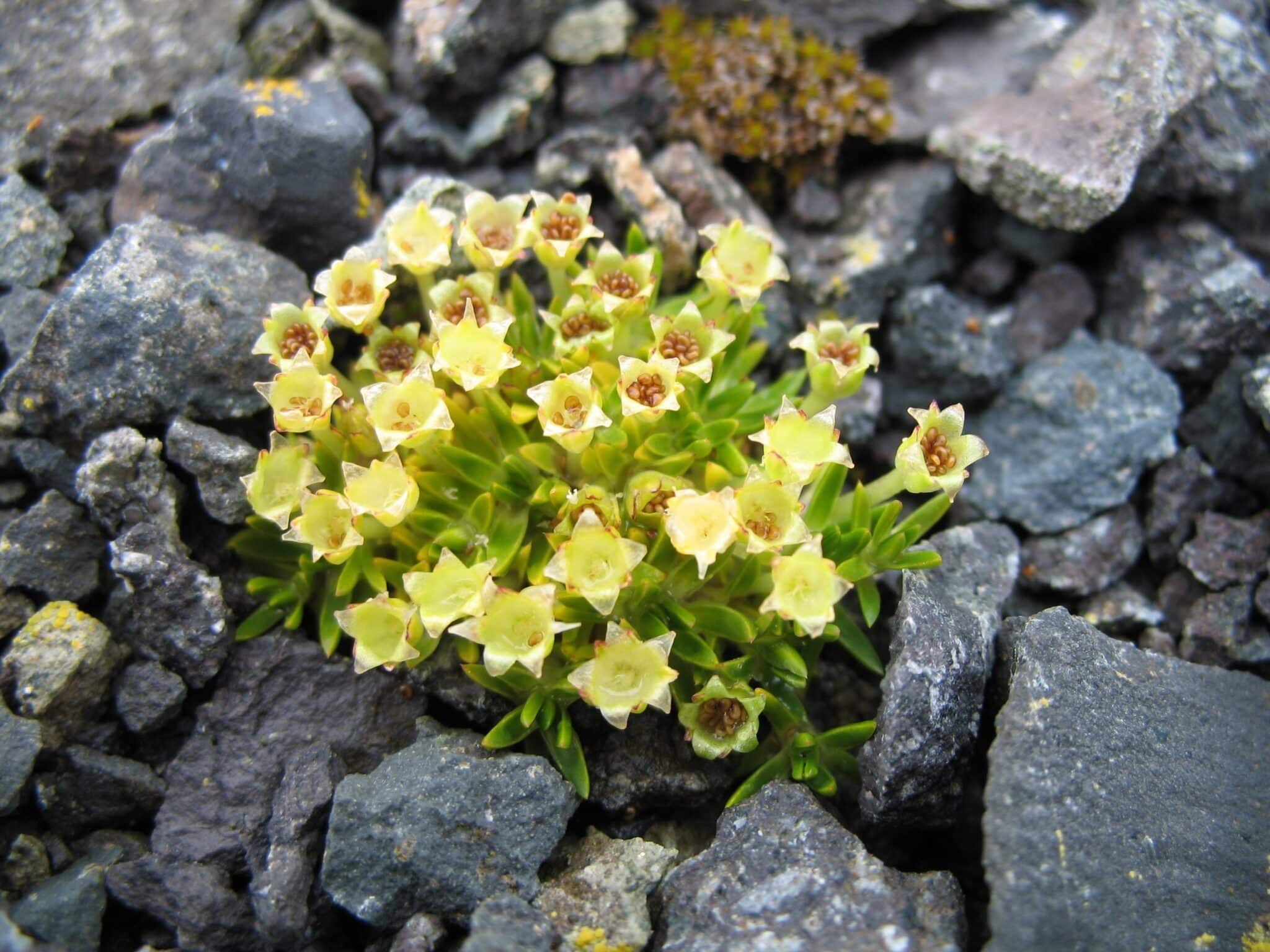Many wonder if flowers grow in Antarctica despite the challenging environment, lack of sunlight, and permanent snow.
Continue reading to find out more if you are in awe of this fact.
Table of Contents Show
Can Flowers Grow in Antarctica?
It is usual to find flowers blooming in Antarctica when its temperature can plummet below -112°F (– 80°C).
The Antarctic plants’ ability to absorb water quickly and enough sunlight helps them to get by throughout the year.
Similarly, some flowers would bloom after a long winter, especially in summer when the sun is high. But you could not tell these flowers.
It is because, unlike tropical or temperate regions, Antarctic flowers are relatively small, inconspicuous, and colorless due to their bitter habitat.
Nonetheless, two flowers manage to combat all these challenges and finally adapt to cold temperatures to bloom in summer.
According to researchers, these plants can tolerate extreme cold and adapt to low light conditions, especially displaying a short growing season and compact growth to conserve heat.
1. Antarctic Hair Grass
Antarctic Hair Grass is, in fact, a type of grass that grows along the coastal areas in the Antarctic region.
However, it only grows on the South Orkney Islands or Shetlands, where the temperature is slightly warmer than the rest.

Here is a table highlighting the characteristics of the flower.
| Characteristic | Description |
|---|---|
| Scientific Name | Deschampsia antarctica |
| Common Name | Antarctic Hairgrass |
| Family | Poaceae (Grass family) |
| Height | 10-30 cm (4-11 inch) |
| Habitat | Along the coastal lines |
| Appearance | - Slender, green leaves - Dense growth - Tiny flowers (wind-pollinated) |
| Adaptations | - Forms dense mats to trap heat and insulate the soil |
| Role in Ecosystem | - Provides habitat for local wildlife - Stabilize soil in windy environments |
| Bloom Season | Only in Summer |
| Aroma | None |
However, it displays tiny, delicate greenish flowers less than one centimeter in size, which you cannot tell without a closer look.
Similarly, they form dense mats or tufts on rocks to protect from high wind and cold.
2. Antarctic Pearlwort
Another flower native to Antarctica is Pearlwort, a cushion plant adapted to the harsh Antarctic weather.
These regions are rich in guano-enriched soil (soil accumulated from sea birds and penguins’ stool), which helps Pearlwort to thrive.
| Characteristic | Description |
|---|---|
| Scientific Name | Colobanthus quitensis |
| Common Name | Antarctic Pearlwort |
| Family | Caryophyllaceae |
| Height | 5 cm (2 inches) |
| Habitat | Along the coastal and inland areas |
| Appearance | - Low-growing, cushion-like plant - Small, white or yellows flowers |
| Adaptations | - Compact growth for protection from cold and wind |
| Role in Ecosystem | - Provides habitat for local wildlife - Stabilize soil and minimize erosion |
| Bloom Season | Only in Summer |
| Aroma | None |
Although it looks like a moss due to its short growth, it is a carnation flower that primarily displays vibrant pink flowers.

However, the Antarctic Pearlwort differs from its pink cousins because it hardly grows above 2-3 inches with small, white, or yellowish flowers.
You might find it challenging to differentiate the flowers from the distance because they are less than a centimeter in diameter.
However, Pearlwort is more vibrant and colorful than the hair grass, displaying a slightly bright appearance.
From Editorial Team
Conclusion!
Typically, flowers in Antarctica start to bloom in summer when daylight appears and temperature rises significantly.
Antarctic flowers adapt to the local environment and available water or sunlight to bloom like any place on Earth.
So, there are flowers in Antarctica that will continue to thrive unless affected by human or animal incursion.


